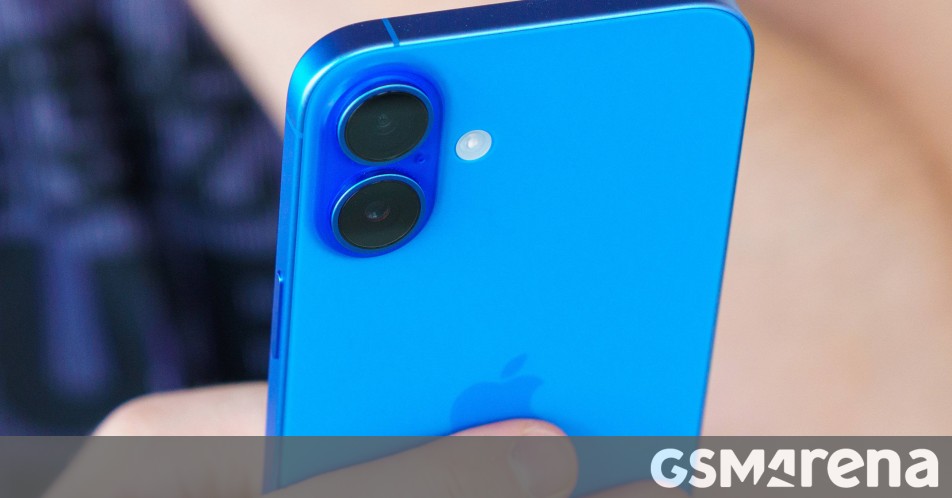Ming-Chi Kuo has shared predictions for Apple’s iPhone launch cycle over the next two years, indicating significant changes. This year will see the release of the standard iPhone 17, iPhone 17 Pro/Pro Max, and a rumored iPhone 17 Air. Notably, the standard iPhone 18 won’t launch until the first half of 2027, while the foldable iPhone is set to debut in late 2026 alongside the iPhone 18 Pro and Air. Kuo suggests that Apple needs more models to compete effectively, as having too many launches simultaneously dilutes marketing impact. These predictions, based on Kuo’s insights, may prove accurate.
Renowned analyst Ming-Chi Kuo has shared his forecasts for the upcoming iPhone release cycle over the next two years, signaling notable changes in Apple’s approach.
This year is expected to follow a familiar pattern. We can anticipate the launch of the standard iPhone 17, along with the iPhone 17 Pro and Pro Max, alongside the highly anticipated iPhone 17 Air (or Slim, as Kuo prefers to call it). There are no significant surprises here, nor is it unexpected that the iPhone 17e will debut in the first half of 2026.
According to Kuo, 2026 will bring some intriguing developments. In the latter half of the year, around the usual timeframe, Apple is set to unveil a foldable iPhone, which has been circulating in rumors but lacks solid evidence as of now. This launch will coincide with the iPhone 18 Pro, Pro Max, and iPhone 18 Air.
You might notice a missing entry from that lineup: the standard iPhone 18 won’t be released in the second half of 2026. Instead, it will be shifted to the first half of 2027, where it will debut alongside the iPhone 18e. Following this, Kuo anticipates the iPhone foldable 2, iPhone 19 Pro/Pro Max, and iPhone 19 Air (featuring a larger display than the 18 Air) to launch in the latter half of 2027.
Kuo predicts that this will be the future iPhone launch calendar for Apple. He argues that a semiannual schedule will enhance Apple’s competitive standing against rivals, especially in China, where most manufacturers adhere to a similar timeline. Competitor Samsung has already been using such a schedule, introducing standard flagships early in the year and foldables later.

Kuo also posits that Apple needs to expand its iPhone lineup to remain competitive. Furthermore, launching numerous models simultaneously tends to dilute marketing efforts, making it challenging for individual models to be distinguished from one another. This trend is reflected in the Pro models outperforming the standard model in sales.
To clarify, these are Kuo’s predictions, not confirmed reports or well-supported rumors. However, there is a degree of logic in his reasoning, and given his history, they may indeed prove to be correct.
Source
